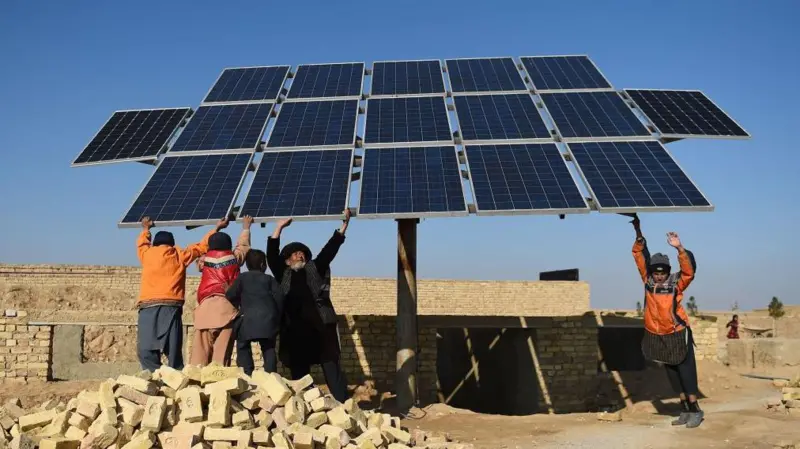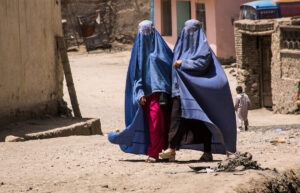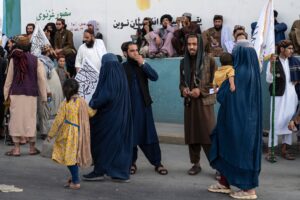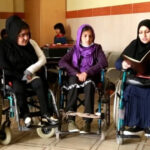The United Nations Development Programme (UNDP) has announced that 97% of Afghanistan’s population is experiencing energy poverty, and solar power in the country is bringing more than just light to homes—it is fostering hope.
In a message posted today (Sunday, June 1) on its official X account, the UNDP stated that it is working to expand renewable energy, which is transforming clinics, businesses, and lives.
The announcement quotes Kanni Wignaraja, Assistant Secretary-General of the United Nations and Regional Director of the UNDP, saying that decades of war and lack of investment have made Afghanistan one of the most energy-insecure countries in the world.
She emphasized that Afghanistan needs 4.85 gigawatts of electricity, but its domestic power production is only 0.6 gigawatts.
Wignaraja added that Afghanistan’s average annual energy consumption is currently only 700 kilowatts—30 times less than the global average.
She also warned that frequent blackouts and high energy costs are disrupting essential services such as healthcare, disproportionately affecting the most vulnerable people.
In her remarks, she noted that with over 300 sunny days a year, Afghanistan has an unparalleled capacity for solar power generation.
Stephen Rodriques, the UNDP representative in Afghanistan, also stated that since 2021, the organization has successfully installed thousands of solar power systems across the country.
He noted that these systems are currently supplying electricity to essential services, including around 500 hospitals and schools, benefiting 3.7 million people.
It is worth noting that Afghanistan currently relies on imported electricity, which still does not meet the country’s energy needs. Major cities are currently facing serious electricity challenges. Nevertheless, the current government is working to utilize domestic capacities to meet the country’s energy demands.













